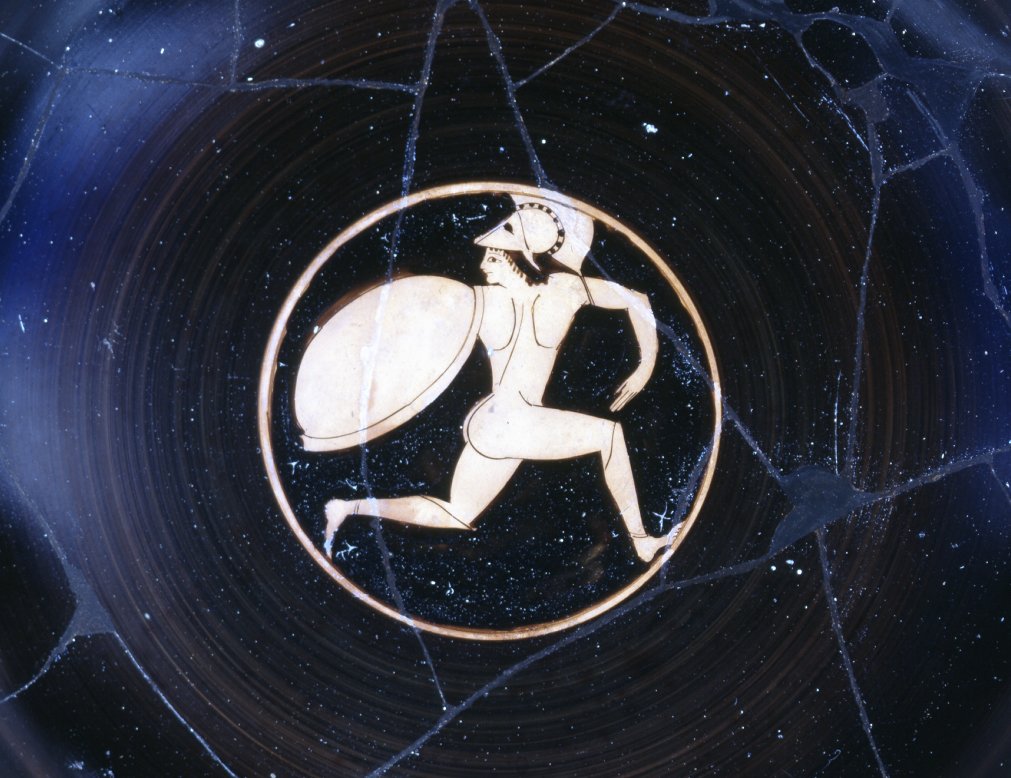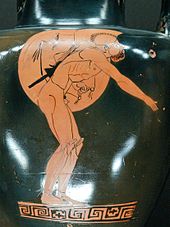Description:
1964 OLYMPIC GAMES TOKYO
The 1964 Summer Olympics, officially known as the Games of the XVIII Olympiad, was an international multi-sport event held in Tokyo, Japan from October 10 to 24, 1964. Tokyo had been awarded the organization of the 1940 Summer Olympics, but this honor was subsequently passed to Helsinki because of Japan's invasion of China, before ultimately being canceled because of World War II. The 1964 Summer Games were the first Olympics held in Asia, and the first time South Africa was barred from taking part due to its apartheid system in sports.(South Africa was, however, allowed to compete at the 1964 Summer Paralympics, also held in Tokyo, where it made its Paralympic Games debut.) The city was chosen as the host city during the 55th IOC Session in West Germany, on May 26, 1959.
These games were also the first to be telecast internationally without the need for tapes to be flown overseas as in the case of the 1960 Olympics four years earlier. The games were telecast to the United States using Syncom 3, the first geostationary communication satellite, and from there to Europe using Relay 1.The history surrounding the 1964 Olympics was chronicled in the 1965 documentary film Tokyo Olympiad, directed by Kon Ichikawa.
HTTPS://en.wikipedia.org/wiki/1964_Summer_Olympics
Original
Old Keychain with Ancient Olympic sports Hoplitodromos

Hoplitodromos
The hoplitodromos or hoplitodromia (Greek: Ὁπλιτόδρομος, Ὁπλιτοδρομία, English translation: "race of soldiers") was an ancient foot race, part of the Olympic Games and the other Panhellenic Games. It was the last foot race to be added to the Olympics, first appearing at the 65th Olympics in 520 BC, and was traditionally the last foot race to be held.[1]
Unlike the other races, which were generally run in the nude, the hoplitodromosrequired competitors to run wearing the helmet and greaves of the hopliteinfantryman from which the race took its name. Runners also carried the aspis, the hoplites' bronze-covered wood shield, bringing the total encumbrance to at least 50 pounds. As the hoplitodromos was one of the shorter foot races, the heavy armor and shield was less a test of endurance than one of sheer muscular strength. After 450 BC, the use of greaves was abandoned; however, the weight of the shield and helmet remained substantial.
At Olympia and Athens, the hoplitodromos track, like that of the diaulos, was a single lap of the stadium (or two stades; about 350-400m). Since the track made a hairpin turn at the end of the stadium, there was a turning post called a kampter (καμπτήρ) at each end of the track to assist the sprinters in negotiating the tight turn — a task complicated by the shield carried in the runner's off hand. At Nemea the distance was doubled to four stades (about 700-800m), and at Plataea in Boeotia the race was 15 stades in total.[1]
The hoplitodromos, with its military accoutrements, was as much a military training exercise as an athletic contest. Encounters with squads of expert Persian archers, first occurring shortly before the hoplitodromos was introduced in 520 BC, must have suggested the need for training the Greek armored infantry in fast "rushing" maneuvers during combat. Additionally, the original 400-meter length of the hoplitodromos coincides well with the effective area of the Persian archers' zone of fire, suggesting an explicit military purpose for this type of training.
Hoplites were citizen-soldiers of Ancient Greek city-states who were primarily armed with spears and shields. Hoplite soldiers utilized the phalanx formation in order to be effective in war with fewer soldiers. The hoplites were primarily represented by free citizens—propertied farmers and artisans—who were able to afford the bronze armour suit and weapons (estimated at a third to a half of its able-bodied adult male population).[1] Hoplites were not professional soldiers and often lacked sufficient military training. Although some states did maintain a small elite professional unit, hoplite soldiers were relied on heavily and made up the bulk of ancient Greek armies of the time.
54 YEARS OLD!!!!!!!!!!
This Keychain is in very good condition.
Please see photos........
SOUVENIR - VERY OLD/VERY NICE
SHIPPING AND HANDLING:
The standard registration air mail to worldwide is USD 14.50
Worldwide Shipping
COMBINE SHIPPING:
Combined shipment can save your money, please contact us to reduce the shipping fee before your payment.
Courier service is available on request.
Additional charges will be on your account.
We will not be responsible for packages lost/ damage in the mail.
PLEASE READ & UNDERSTAND OUR TERMS AND CONDITIONS BEFORE BIDDING.
only.

If you won more than one lot, please pay the total in one payment.
RETURN POLICY
Returns are only accepted if the item description does not match the item received.
Buyer is responsible for all shipping charges.
CUSTOMER SERVICE
If you have any problem or question, please tell us any time you like.
We will try our best to solve the problem and give you a satisfy answer.
Thank you for looking and for bidding.
Check out my other items!
Be sure to add me to your favorites list!


